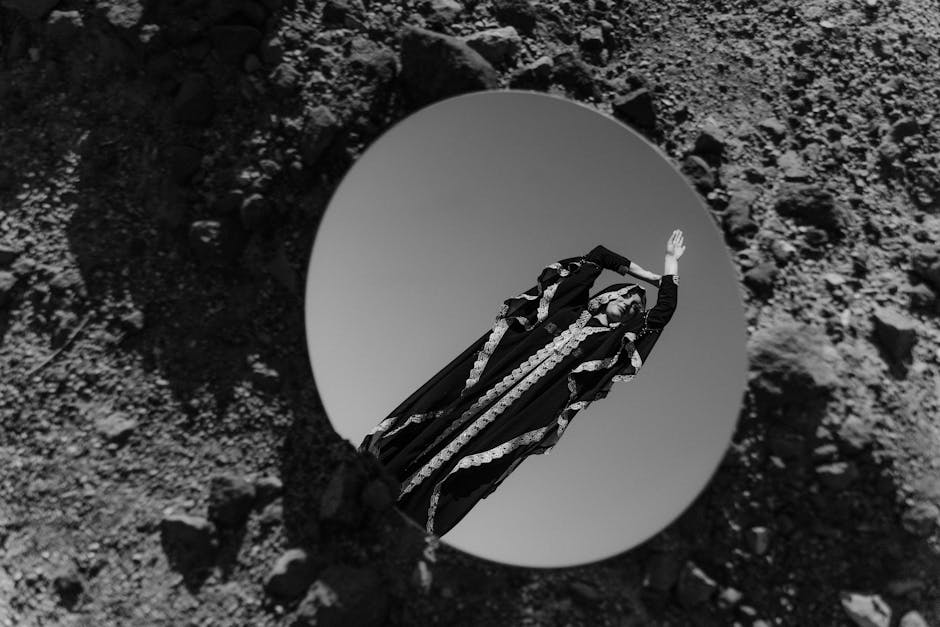
The Hidden Artistry of Optical Illusions
Optical illusions have been captivating the human mind for centuries. These mind-bending creations play tricks on our senses, challenging our perception of reality. From rotating circles to ambiguous figures, optical illusions have a hidden artistry that goes beyond what meets the eye.
One famous example of an optical illusion is the rotating circles illusion. The image consists of a series of circles that appear to rotate when in fact they are stationary. This optical illusion can be mesmerizing to watch, as our brain tries to make sense of the conflicting visual cues.
Another intriguing optical illusion is the Rubin vase. In this illusion, an image can be perceived as either a vase or two faces, depending on how our brain interprets the contours and outlines. The ambiguity of the figure adds an artistic element to this optical illusion, as it allows for multiple interpretations.
Op art, short for optical art, is a genre of visual art that emerged in the 1960s. Artists like Victor Vasarely and Bridget Riley created mesmerizing artworks that play with perception and create illusions of movement. Their intricate patterns and geometric shapes deceive the eye, making the viewer question what they are seeing. Op art shows that optical illusions can be more than just illusions – they can be a form of artistic expression.
Understanding how optical illusions work can provide insights into how our brain processes visual information. These illusions challenge our assumptions about reality and make us question the reliability of our senses. By studying optical illusions, scientists and psychologists gain valuable knowledge about perception and cognition.
